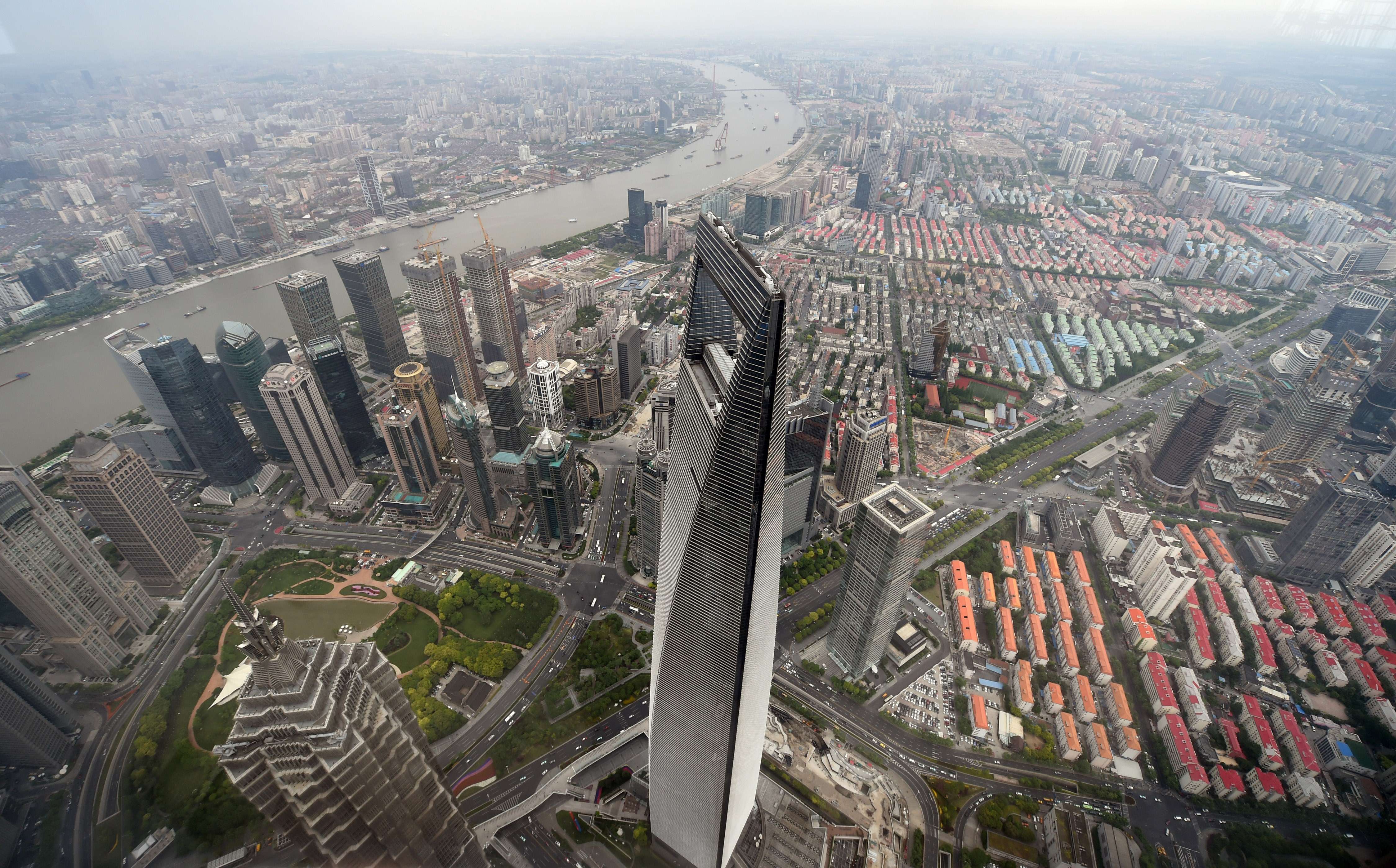
The skylines of some of China's biggest cities sprout from land that was farmed less than a generation ago. For the government, they're a soaring testament to the country's transformation into an urbanised superpower. And despite China's economic slump, there are plenty of bureaucrats who'd like to see the process continue. According to a report last week, local governments are planning to develop more than 3,500 new urban areas in the next few years, with capacity to house 3.4 billion people -- or roughly half of humanity.
It's an audacious set of uncoordinated blueprints, and a good reminder that China's economic planners have yet to find a tool for growth they like more than shoehorning people into newly built cities. But thanks to sweeping demographic and economic changes, they'll need to find one: China's 40-year programme of urbanisation is reaching its limits.
As late as 1953, more than 85 per cent of China's population was still rural. Starting in the 1970s, that began to change as the economy opened up, factories sprouted along the coast and the government loosened rules restricting where citizens could live. Over the next few decades, hundreds of millions of people left farms to work in the towns and cities that grew up around new factories. Some did so voluntarily, while others were forced off land by local governments eager to develop their own manufacturing and housing clusters. The results were transformative: Between 1982 and 2015, China's urbanization rate rose from 21 per cent to 56 per cent.
For a while, seemingly all a local government had to do to inspire growth was kick some farmers off their land, build an industrial park and offer tax breaks to the first factory willing to open up. In the early 2000s, I remember gazing skeptically at the massive urban settlements under construction tens of miles outside of central Shanghai. Yet when I returned a year or two later, they had become boomtowns, housing hundreds of thousands and driving property values so high that the factories were priced out. The process repeated itself across China.
But it couldn't last forever. In the spring of 2013, I visited Changxing Island in northern China. The local government was determined to turn the once-rural area into a major industrial and shipbuilding center. Yet the factories I visited were quiet, and the roads leading to them suspiciously uncrowded. I toured a handful of urban settlements dotted with high-rises that were obviously vacant. When I went to a restaurant, the tables were empty. In one memorable case, business was so slow that a waiter ran out the door to buy the ingredients for our order.
Several factors are setting these new urban settlements up for problems. Probably most important is demographic change. In the 1970s, China had a surplus of young, under-employed workers in its countryside. That's no longer the case. The working-age population has been in decline since 2011, and the country's birthrate continues to drop.
Today's workers also aren't nearly as interested in moving away from home as past generations were. Last year, China's migrant population fell by 5.68 million -- the first decline in three decades. Conditions in the countryside have improved markedly in recent years, and rural incomes are rising faster than urban ones, thanks to decades of infrastructure investment and the growing reach of e-commerce. Even if a small-town Chinese is keen to leave home, his preferred destination is unlikely to be Changxing Island or any of the 3,500 new settlements reportedly on the drawing board. Only one in 10 migrants moved to small cities last year.
Despite these problems, the central government is still aiming to boost the urbanisation rate to 60 per cent by 2020. That will require an additional 100 million people to leave the countryside over the next four years -- at a time when the economic rationale for doing so is increasingly dubious.
Rather than setting such goals, and erecting vast settlements to meet them, a better approach is to invest in some basic urban amenities, and then let workers decide for themselves where to live. A good step would be a programme to deliver clean water to the hundreds of millions of Chinese who currently lack it. Another would be a national plan to control urban floods, like those that have afflicted central and southern China in recent weeks. Finally, the government needs to reform the antiquated "hukou" permit system that prevents rural migrants from easily acquiring the rights and services that their urban counterparts are entitled to.
None of these reforms has the visceral appeal of a new skyscraper. But collectively, they'll go a long way toward ensuring that China's cities are worth living in. - Bloomberg View